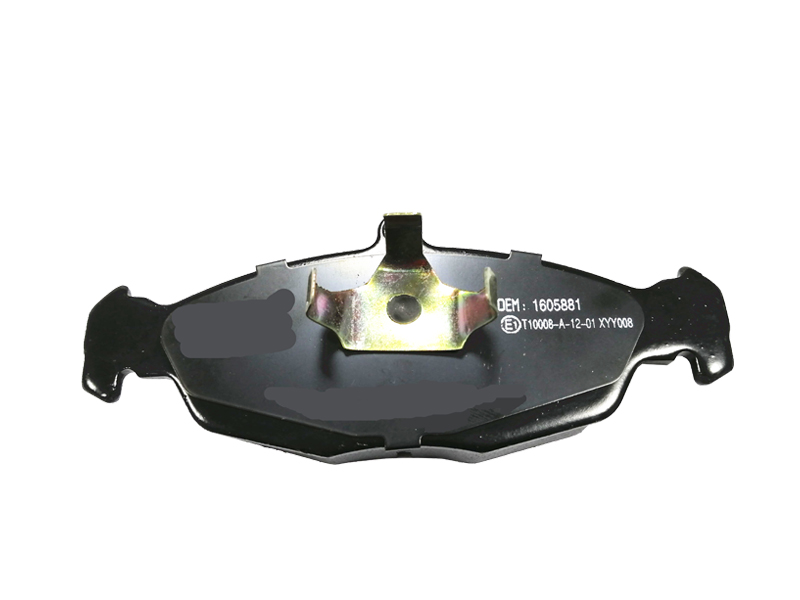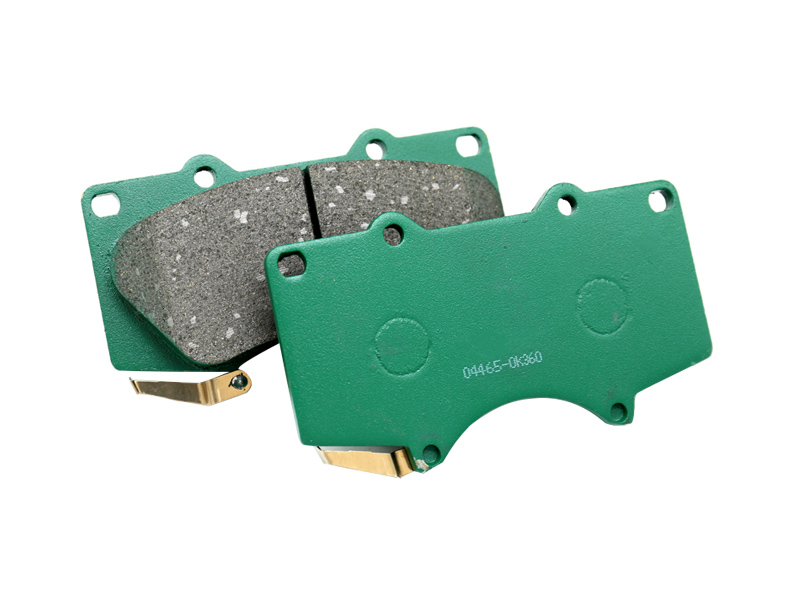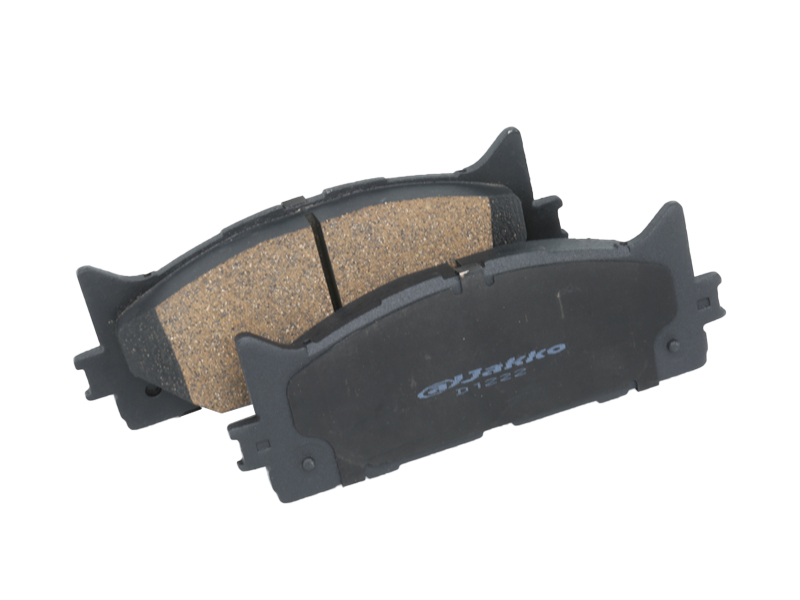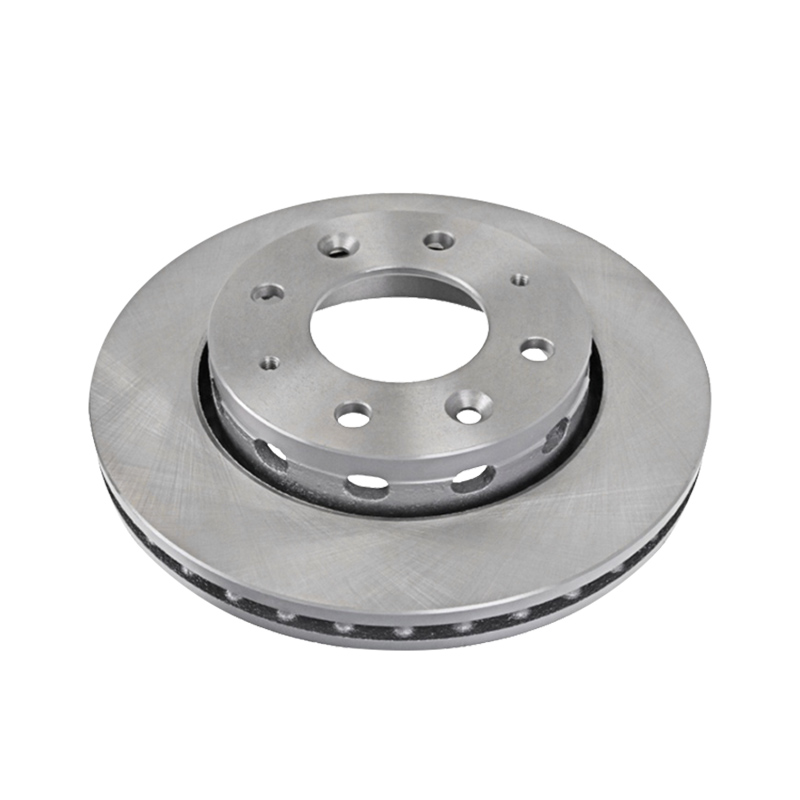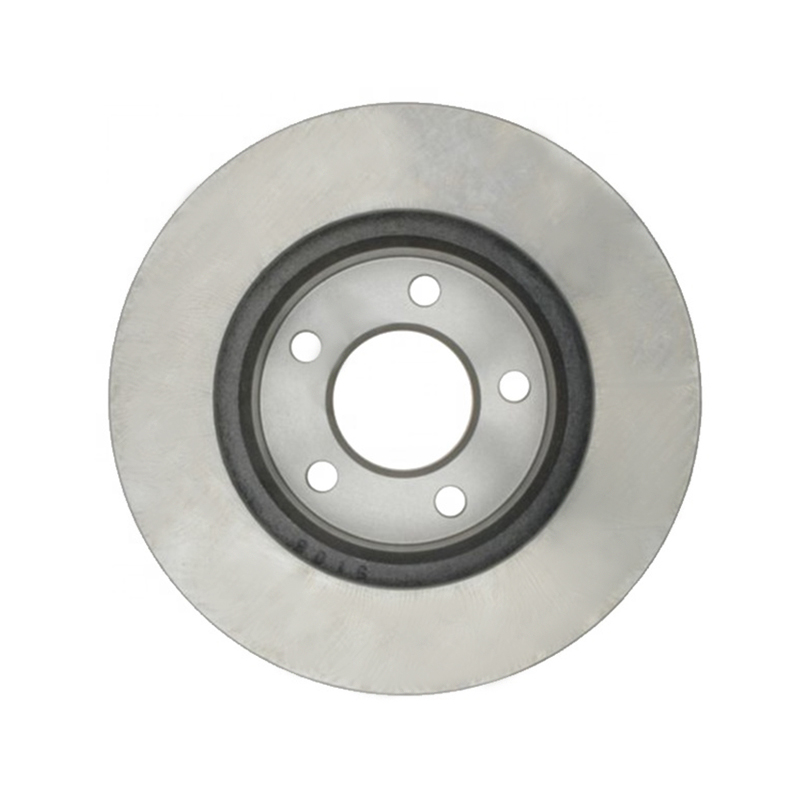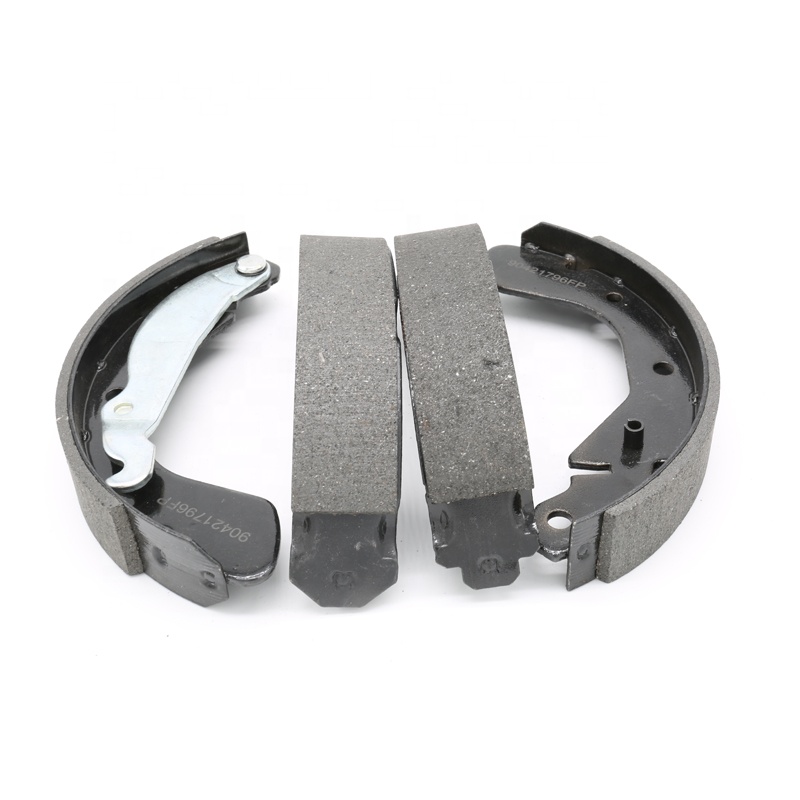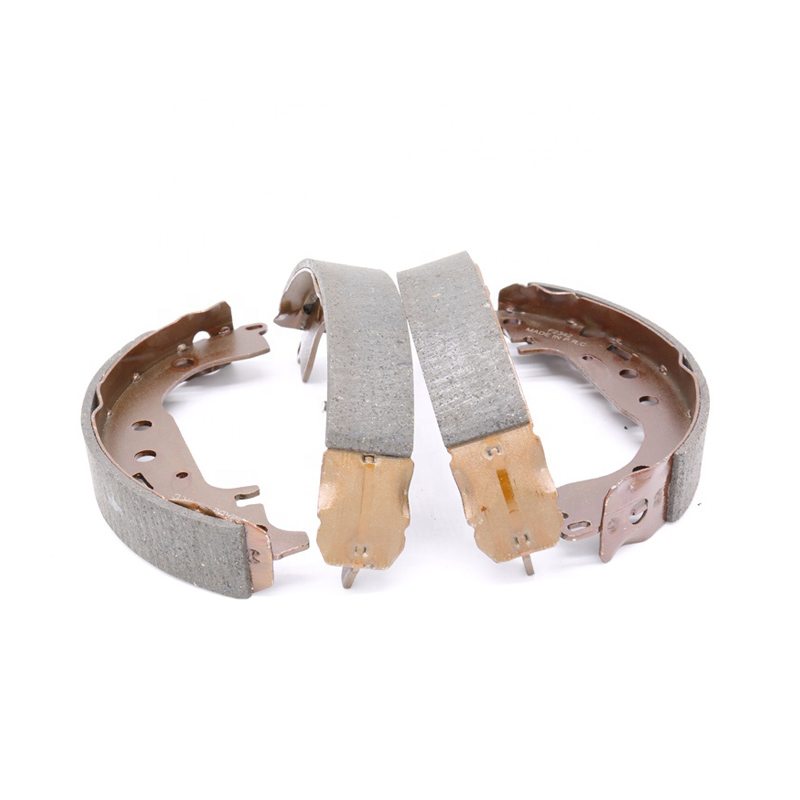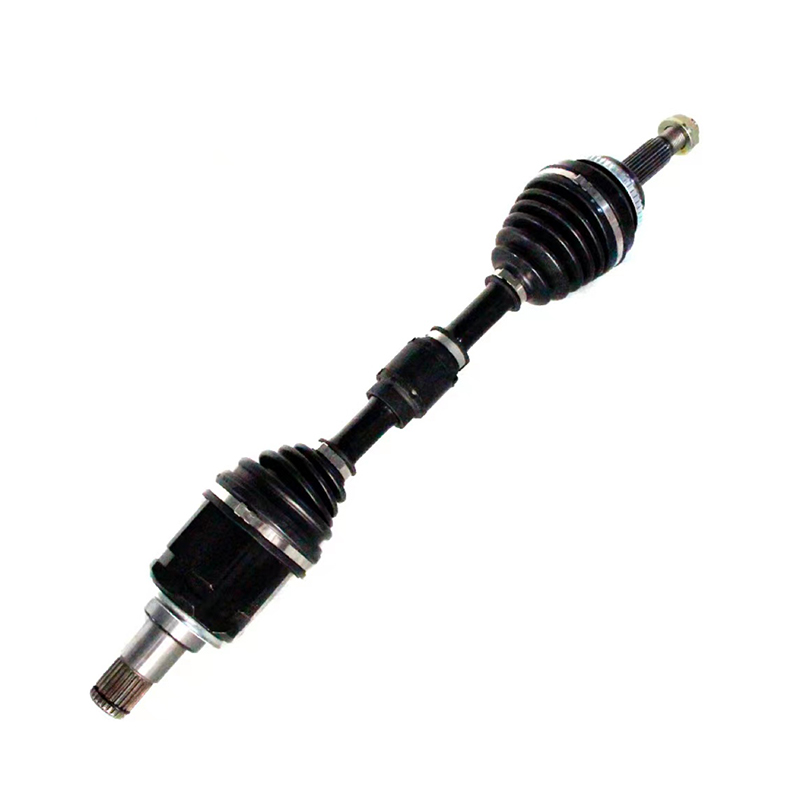Detecting
brake pad wear through routine inspections is crucial for maintaining safe braking performance. Here are common signs of brake pad wear and how they can be diagnosed during routine inspections:
Squealing or Squeaking Noise:
One of the most noticeable signs of brake pad wear is a high-pitched squealing or squeaking noise when you apply the brakes. This sound is often caused by a wear indicator tab built into the brake pad.
During an inspection, you can visually check the thickness of the brake pads through the wheel spokes. If the pads are worn down close to the wear indicator, it's time for replacement.
Grinding Noise:
A grinding noise when you apply the brakes is a severe indication of brake pad wear. It suggests that the brake pads have worn down to the metal, and the metal backing is now making contact with the rotor.
Inspect the brake pads immediately if you hear grinding noises. If the pads have reached this point, they should be replaced promptly to prevent rotor damage.
Reduced Brake Performance:

If you notice that your vehicle's braking performance has decreased, such as longer stopping distances or a spongy brake pedal, it could be due to worn brake pads.
During routine inspections, you can visually assess the brake pad thickness and compare it to the manufacturer's specifications to determine if they need replacement.
Vibration or Pulsation in the Brake Pedal:
A pulsating or vibrating brake pedal when you apply the brakes may indicate uneven brake pad wear or warped brake rotors.
Inspect the brake pads and rotors for signs of uneven wear or warping. Replace any damaged components as needed.
Uneven Wear Patterns:
During an inspection, look at the brake pads for uneven wear patterns. If one pad is significantly more worn than the others on the same axle, it could indicate a problem with the caliper or other brake components.
Inspect the caliper for proper operation and address any issues found.
Dashboard Warning Lights:
Some modern vehicles are equipped with brake wear sensors that trigger warning lights on the dashboard when the brake pads are nearing the end of their life.
If you see a brake-related warning light on your dashboard, it's essential to have your brake system inspected promptly.
Visual Inspection of Brake Pads:
Whenever you remove the wheels for routine maintenance or tire rotations, take a moment to visually inspect the brake pads. You can estimate their condition by looking at the remaining pad material.
Compare the thickness of the pads to the manufacturer's recommended minimum thickness. If they are approaching or below this limit, it's time for replacement.
Dust Accumulation:
Excessive brake dust on your wheels can be a sign of brake pad wear. As brake pads wear down, they can generate more dust.
While not a definitive indicator, if you notice a sudden increase in brake dust accumulation, it's a good idea to inspect the brake pads.
Regular visual inspections and paying attention to changes in braking performance and noise are essential for catching brake pad wear early. Prompt replacement of worn brake pads is crucial for maintaining safe and efficient braking systems.

